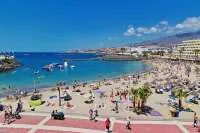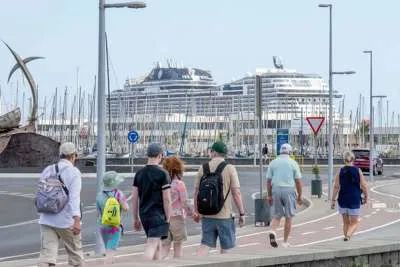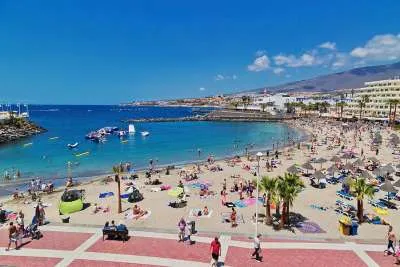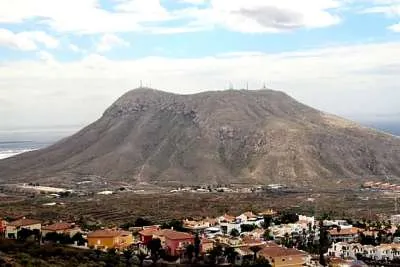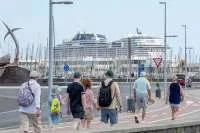The Canaries population has grown despite a falling number of foreigners
- 22-04-2022
- National
- Canarian Weekly
The Canary Islands ended 2021 with 2,176,412 inhabitants, which is 3,468 more people, an increase of 0.2% of its population compared to the previous year. However, the number of foreign residents decreased by 0.1%, according to data released yesterday (Thursday) by the National Institute of Statistics (INE).
With these figures, the islands are the region with the eighth largest population in Spain as follows:
Andalusia: 8.4 million.
Catalonia: 7.7 million.
Madrid: 6.7 million.
Valencia: 5 million.
Galicia: 2.7 million.
Castilla y León: 2.3 million.
The Basque Country: 2.2 million.
The Canary Islands: 2.1 million.
According to the INE statistics, there were 287,458 foreigners living in the Canary Islands, as of January 1st 2022, which represents 13.2% of the total population of the islands.
This figure has reduced by 0.1% in the last year, which represents a net loss of 368 people that have left the islands. This means that the 0.2% increase in the population of the islands was due to internal immigration from other regions of Spain, for which remote working is the main factor.
Statistics by nationality:
The 287,458 foreigners who live in the Canary Islands are divided almost equally between the two provinces of the islands. 142,280 are registered in Las Palmas de Gran Canaria (includes Lanzarote & Fuerteventura), and 145,178 are registered in Santa Cruz de Tenerife (includes La Palma, La Gomera & El Hierro).
The nationality with the highest number of residents in the islands is, by far, Italian, as there are 49,879 people from Italy living in the archipelago, which represents 17.3% of the foreign population in the Canary Islands, and the one that grew the most in Spain last year.
This is followed by British residents, with 29,582 on the islands, which is 10.2% of the total number of foreign residents, and then Germany with 8.7% (25,286 people). These three nationalities account for over a third (36.4%) of all the foreigners registered in the archipelago.
The other two-thirds are primarily made up of South Americans and Moroccans. This is not a huge surprise taking into account how close the islands are located to West Africa and the historical link to Latin countries:
Venezuelans: 19,033 people.
Moroccans: 18,345 people.
Colombians: 16,557 people.
Cubans: 14,000 people.
However, just as the foreign population is distributed almost equally between the provinces, this doesn’t apply to the nationalities. The Moroccan population is concentrated in the eastern province with 14,054 registered residents, compared to 4,291 in Santa Cruz de Tenerife, with an average age of 32 according to the INE.
With the Venezuelan population, the opposite happens and they have chosen to live on the islands in the western province with 14,393 settled in Santa Cruz de Tenerife and only 4,640 in Las Palmas de Gran Canaria.






